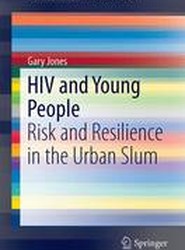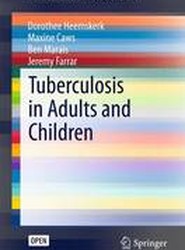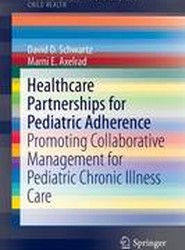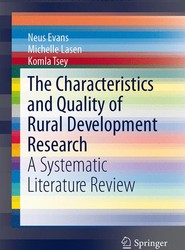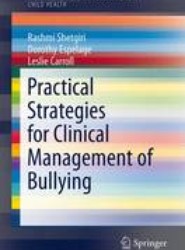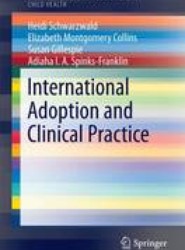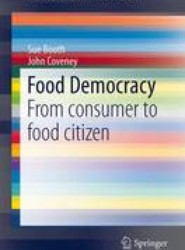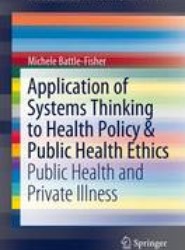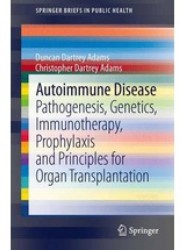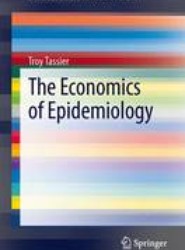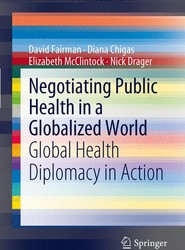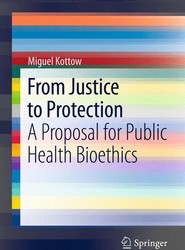(To see other currencies, click on price)
MORE ABOUT THIS BOOK
Main description:
This book focuses on the adoption of medical technology in the developing world, and the role that can be played by new biomaterials. These authors urge that advanced technology be aligned with the needs of developing and emerging markets, and an alternative definition of technology be embraced. This "new technology" considers natural sources of materials and tools for treatment and is not restricted to the usual traditional computerized or electronic technology.
This book explores the difficulties that accompany successful transfer of technologies between disparate settings. The book then leaves the world of traditional technology and focuses on biomaterials, which represent an enormous opportunity for developing societies to become active participants in the development of new technologies. Biomaterials can be used in the treatment of disease throughout the developing world and beyond. Biomaterials encompass a range of naturally derived substances; of particular interest here are naturally derived and synthetically manufactured materials with potential applications in different body systems. Because many of these materials can be grown, the agricultural output of developing nations is an obvious potential source of these biomaterials. The book considers the cases of Ghana and Nicaragua as examples of the broader situation in West Africa and Central/South America. These two regions are uniquely positioned with regard to both health care and technological capabilities, and both stand to grow significantly in the coming years. While the agricultural sectors of the two nations are quite different, both are major producers of corn and other materials that should be investigated further. Of course, the difficulty in using a foodstuff for medical purposes is fully explored.
Contents:
Chapter 1. Introduction
Chapter 2. Case study of Ghana
Chapter 3. Case study of Nicaragua
Chapter 4. Corn and soy-derived materials: Properties and potential clinical applications
Chapter 5. Feasibility study of corn- and soy-derived materials
Chapter 6. Discussion, recommendations, and conclusion
Appendix A: Images from health facilities in Nicaragua
Appendix B: Medical technology score
Appendix C: Calculation of the essentiality score
Appendix D: Visual cytotoxicity ratings
Bibliography
PRODUCT DETAILS
Publisher: Springer (Springer-Verlag New York Inc.)
Publication date: August, 2012
Pages: 130
Weight: 213g
Availability: Available
Subcategories: Biochemistry, Biomedical Engineering, Public Health
From the same series


